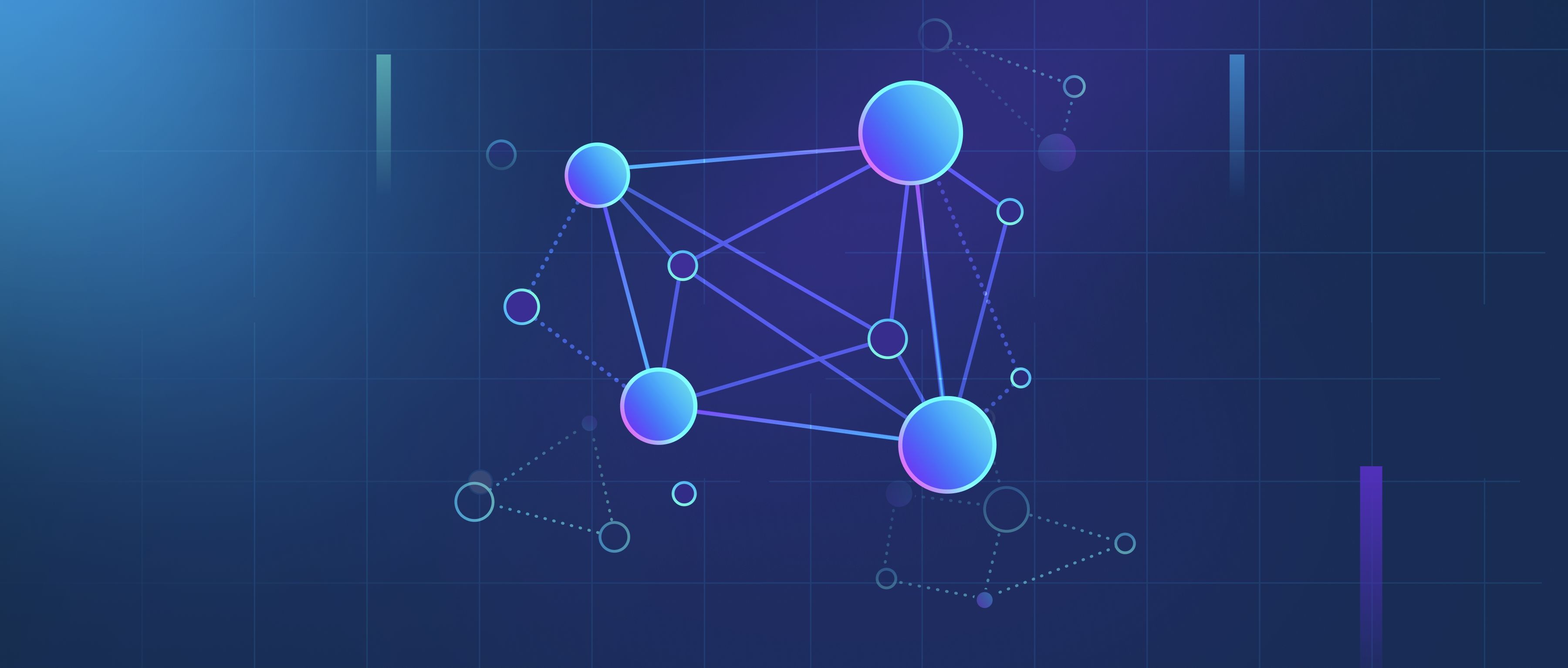Few-shot learning is a technique that can significantly aid in addressing class imbalance in datasets. In typical machine learning scenarios, especially those involving classification tasks, it is common to encounter datasets where some classes have a lot of training examples while others have very few. This imbalance can lead to models that perform well on the majority class but poorly on the minority class. Few-shot learning offers a way to leverage limited examples of underrepresented classes, allowing the model to generalize better and make accurate predictions even when data is scarce.
One of the main strengths of few-shot learning is its approach to training models with only a few labeled instances from each class. For example, consider a situation where you are tasked with classifying images of animals, but you only have ten images of a rare animal like a snow leopard, compared to thousands of images of more common animals like cats and dogs. Few-shot learning algorithms can use the limited images of the snow leopard effectively, often by capitalizing on learned representations from other classes. This means the model can understand features of the minority class better and gain insights that would be lost if relying solely on traditional learning methods, which depend on large amounts of data.
In practical scenarios, techniques like prototypical networks or Siamese networks are commonly used in few-shot learning. These methods create a notion of "prototypes" or measure similarities between images, allowing the model to recognize unusual classes with minimal data. Consequently, even in datasets with severe class imbalance, few-shot learning helps ensure that a model can still make informed decisions about the less represented classes. By employing these strategies, developers can build robust systems that maintain performance across various classes, thereby improving the overall effectiveness of machine learning applications.
